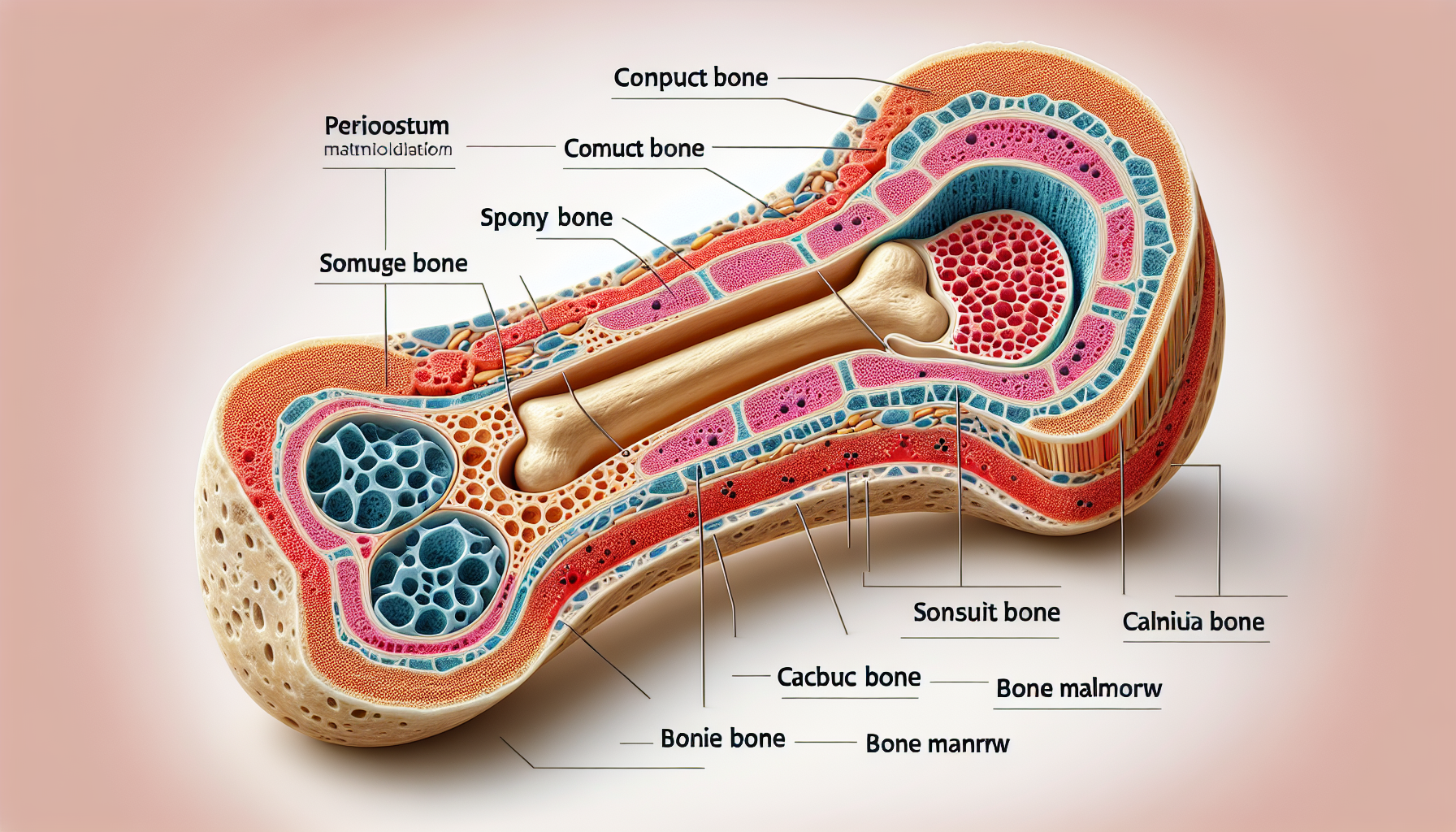Maintaining good bone health is a complex interplay of various nutrients, lifestyle choices, and genetic factors. Among the myriad elements involved, calcium and sodium stand out for their critical roles and their delicate balance within the body. In this comprehensive exploration, we will delve into how these two minerals affect bone health, the impact of their interaction, and practical strategies to optimize their levels for a stronger skeletal system.
Understanding Calcium’s Role in Bone Health
Calcium is widely recognized as a fundamental building block for bones. It gives bones their strength and density, which is why the mineral is often the focal point of any discussion about bone health. The body also uses calcium for other vital functions, such as blood clotting and muscle contraction, which means that maintaining adequate calcium levels is essential not only for bone integrity but for overall health.
However, calcium cannot work alone. It requires the presence of vitamin D for proper absorption and other nutrients, such as magnesium, to be effectively utilized by the body. Insufficient calcium intake can lead to weakened bones, increasing the risk of fractures and conditions such as osteoporosis, particularly in menopausal women.
Sodium’s Effect on Bone Density
Sodium, commonly ingested through salt (sodium chloride), plays a crucial role in maintaining fluid balance and supporting nerve and muscle function. However, excessive sodium intake can have a negative impact on bone health. High sodium levels can cause the body to excrete more calcium through urine, potentially leading to a deficiency in calcium if not balanced with adequate intake.
This calcium loss can be detrimental over time, as it may contribute to decreased bone density and an increased risk of osteoporosis. Understanding the connection between dietary sodium and calcium excretion is crucial in developing dietary strategies that support bone health, especially as we age and our bones become more susceptible to loss of mass and strength, as discussed in the article on the effects of aging on bone structure.
Balancing Sodium and Calcium Intake
Achieving a balance between sodium and calcium intake is vital for bone conservation. This involves not only increasing calcium consumption through diet or supplements but also moderating sodium intake to reduce its potential bone-depleting effects. Here are some strategies to help maintain this balance:
- Limit processed and fast foods, which are often high in sodium.
- Incorporate calcium-rich foods into your diet, such as dairy products, leafy greens, and fortified foods.
- Consider calcium supplements if you are unable to meet your needs through diet alone.
- Use herbs and spices to flavor foods instead of salt.
- Stay hydrated to help your kidneys effectively manage sodium levels.
The Synergy Between Nutrients for Optimal Bone Health
It’s important to note that bone health is not solely dependent on these two minerals. A synergistic approach, considering other nutrients and lifestyle factors, is crucial for maintaining and improving bone density. Protein, for instance, is a key component of bone, and its significance in bone repair and strength cannot be overstated, as highlighted in the article on the role of protein in bone strength and repair.
Additionally, regular weight-bearing exercises, such as walking, jogging, and resistance training, can stimulate bone formation and help maintain bone density. Lifestyle factors such as avoiding smoking and excessive alcohol consumption also play a significant role in bone health.
Recognizing the Signs of Imbalance
It’s not always apparent when your body’s sodium and calcium levels are out of balance, particularly in the early stages. However, some signs may indicate an issue, such as:
- Hypertension or high blood pressure, often associated with high sodium intake.
- Muscle cramps or spasms, which may suggest a calcium deficiency.
- Bone pain or fragility, potentially signaling a loss in bone density.
If you experience these symptoms, it’s advisable to consult with a healthcare provider who can assess your dietary habits and suggest appropriate measures to restore balance.
Advanced Insights into Bone Density
Understanding the impact of sodium and calcium on bone health is just one piece of the puzzle. Technological advances in bone density imaging techniques have provided deeper insights into the health of our bones, allowing for earlier detection and intervention in bone-related conditions. These advances, detailed in the article on advances in bone density imaging techniques, are essential tools in the fight against osteoporosis and other bone diseases.
External Resources for Further Information
While this article provides a broad overview of the interplay between sodium and calcium for bone health, there are several external resources that offer more detailed information:
- The National Osteoporosis Foundation (NOF) provides comprehensive information on bone health, including prevention and treatment of osteoporosis.
- The American Society for Bone and Mineral Research (ASBMR) is a scientific society dedicated to sharing research and education related to bone and mineral metabolism.
- The National Institutes of Health (NIH) offers a wealth of scientific studies and publications on the role of minerals in bone health.
Conclusion
The delicate balance between sodium and calcium is a critical aspect of maintaining strong, healthy bones. While calcium is a cornerstone of bone health, its benefits can be undermined by excessive sodium intake. By adopting a comprehensive approach that includes balanced nutrition, regular physical activity, and lifestyle modifications, individuals can support their bone health and reduce the risk of osteoporosis and other bone-related conditions. It’s essential to stay informed and proactive in managing these vital minerals to ensure long-term skeletal health and overall well-being.



